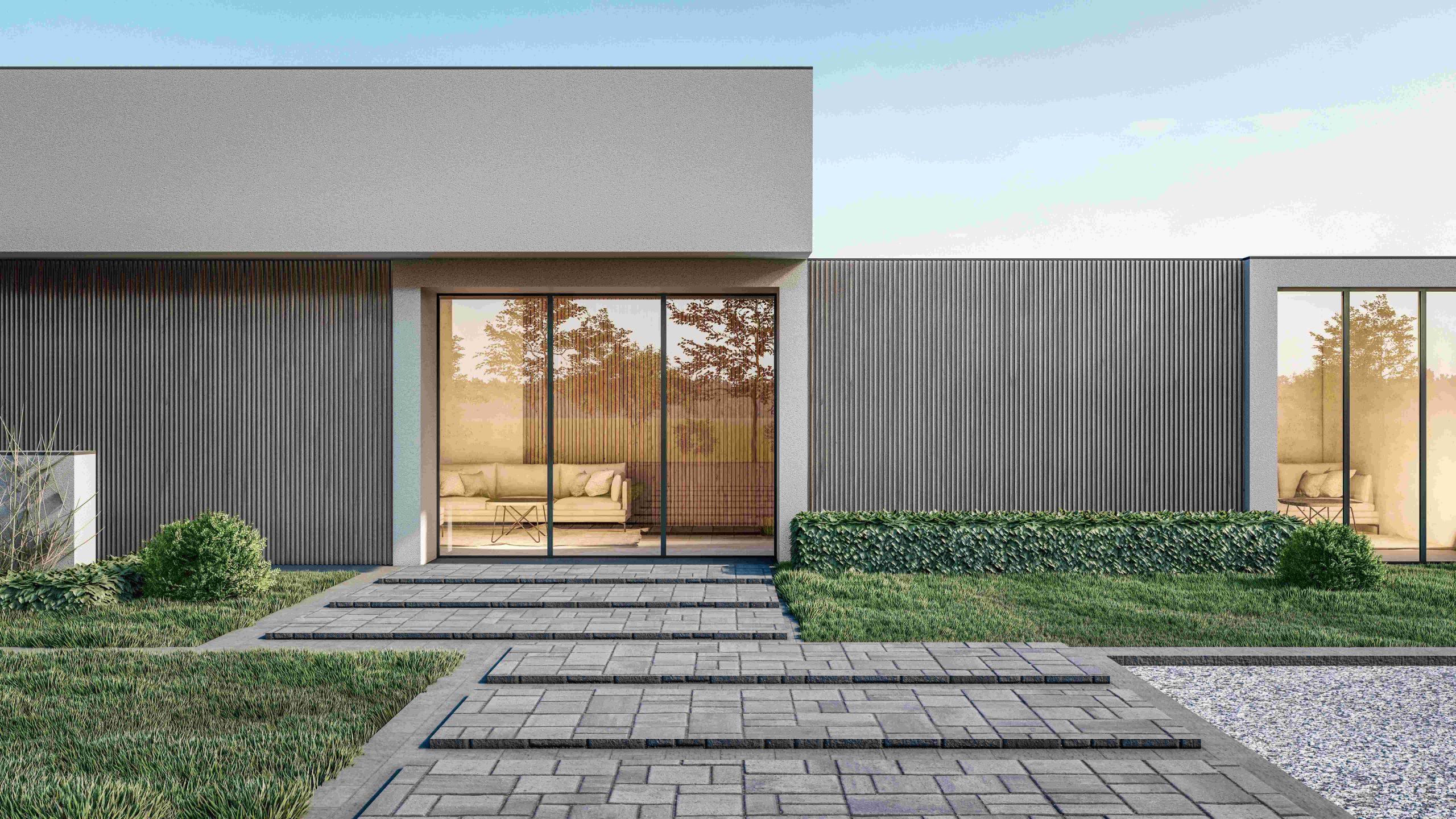What is the most unusual dwelling you ever listed?
Louise James, broker, Cascade Hasson Sotheby’s International Realty, Camas, Wash.
In July 2021, I represented the seller of a three-bedroom home in Washougal, Wash., just east of Vancouver. The Pacific Northwest-style home, which was built in 2020, sits on a secluded wooded 2-acre lot. The original owner built the home. He lived in the house for a short time and then sold it for $575,000 to a gentleman who had a vision and a passion for dinosaurs. Shortly after he bought the home, he added five life-size dinosaurs throughout the property. These are animatronic dinosaurs that move and roar. A brachiosaurus and Tyrannosaurus rex greet you as you drive up, and there is also a triceratops that roars, blinks his eyes and moves his horns. A velociraptor is also on the grounds and is probably the scariest one there. The owner decked out the inside of the property with “Jurassic Park” memorabilia and then rented it out as a short-term rental. The bookings came in, and people who love dinosaurs came from all over the country. I continued to help the owner take care of the property, and after a year he asked me to resell it for him, as he wanted to go and create another project elsewhere. So, I had the task of selling this property once again—but this time with life-size dinosaurs. Who does that? It was fun and exciting because I didn’t realize how many people really love dinosaurs. One couple wanted to have it as a second home and live with the dinos. However, it sold to an Arizona-based investment group for $1.05 million in January 2023. They bought the Jurassic retreat with the intention of using it as a cool vacation rental. Today, I still help manage the property and enjoy the beautiful drive to go see the dinosaurs. We consider them part of the family.
Ed Greable, real-estate agent, Keller Williams Realty Boston Northwest, Cambridge, Mass.
In November 2020, I took the listing for a two-bedroom, two-bath detached condominium in Cambridge. It was for sure the most unusual dwelling I’ve ever sold. The exterior of the house is marine-grade plywood in a steel gray color, and the house itself has four levels of living space, including a basement, but it looks like three cubes on top of each other, placed at different angles—like a Rubik’s Cube, but with the levels twisted. There are nine skylights that give light to the structure, so there is a good amount of light coming into the three levels above grade. But it makes for a unique experience because you’re essentially in a cube with light coming down from above. The top level is where the primary bedroom is, and it takes a special person to appreciate that because everything is open there—you could see right into the bathroom, and the washer and dryer are sitting in the corner. Nothing is left to the imagination up there. If you go down one floor, there is an office, bedroom and bathroom, and there are walls, but they are essentially sliding doors, so it’s not your traditional walled-off house. Although we had to take the property off the market for a while to do some work to it, it ultimately sold in October 2021 for $765,000 to an architect who really appreciated it.
Betsy Anderson, real-estate agent, William Pitt Sotheby’s International Realty, Madison, Conn.
In April 2021, I took the listing for a one-bedroom, one-bath home in Killingworth, Conn., a rural area about a half-hour east of New Haven. The property, listed for $285,000, consisted of nearly 6 acres, and the home was a yurt. Yurts are circular dwellings that used to be portable and used by nomadic people, but this one, while very rustic, was constructed from wood, had a cedar roof and was heated by a wood stove. It was originally built in 1979 by a Yale professor who had an interest in yurts, so he studied them and consulted with a yurt expert in Maine and then built his own. I was able to speak with his ex-wife when I took the listing. She told me they were hippies trying to do something fun and natural and that they raised their daughters in that home. My clients, the sellers, were the third owners. They live nearby and thought the yurt was cool, so they bought it, thinking they would use it for guests. They improved the property, which previously only had an outside shower, but they added one inside and made the yurt suitable for year-round use, creating a higher level of yurt living. Once the yurt hit the market, there was a tremendous amount of interest because it was during Covid, when people were looking to find a safe space where they could retreat with their families. I found it amusing that there were some true yurt purists who came to look at the property and turned their noses up at it because it felt too finished for them, as opposed to yurts with canvas walls. It sold for $250,000 and closed within seven months, and the buyer lived in it during Covid and then turned it into a vacation rental. I’m a lifelong Connecticut resident, and in my 20-year real estate career, this is only the second yurt I’ve ever seen and the first one I’ve sold.
—Edited from interviews by Robyn A. Friedman



